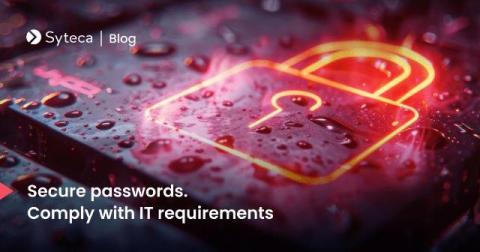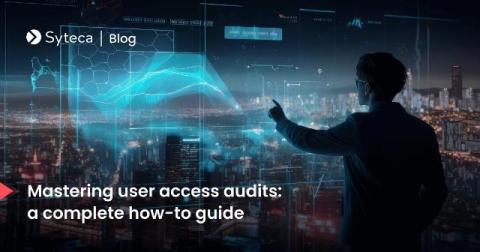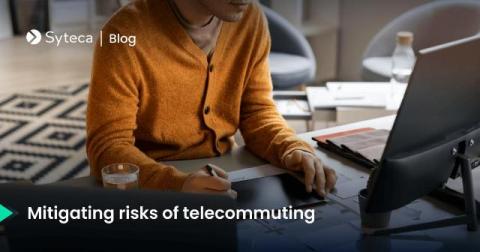Password Policy Compliance Overview: NIST 800-63, HIPAA, PCI DSS, and the GDPR
In the digital age, where cyber threats loom large and data breaches have become all too common, the humble password remains a vital security gatekeeper. Yet, with stolen credentials accounting for 31% of breaches, according to Verizon’s 2024 Data Breach Investigations Report, it’s clear that organizations often fail to protect passwords.











